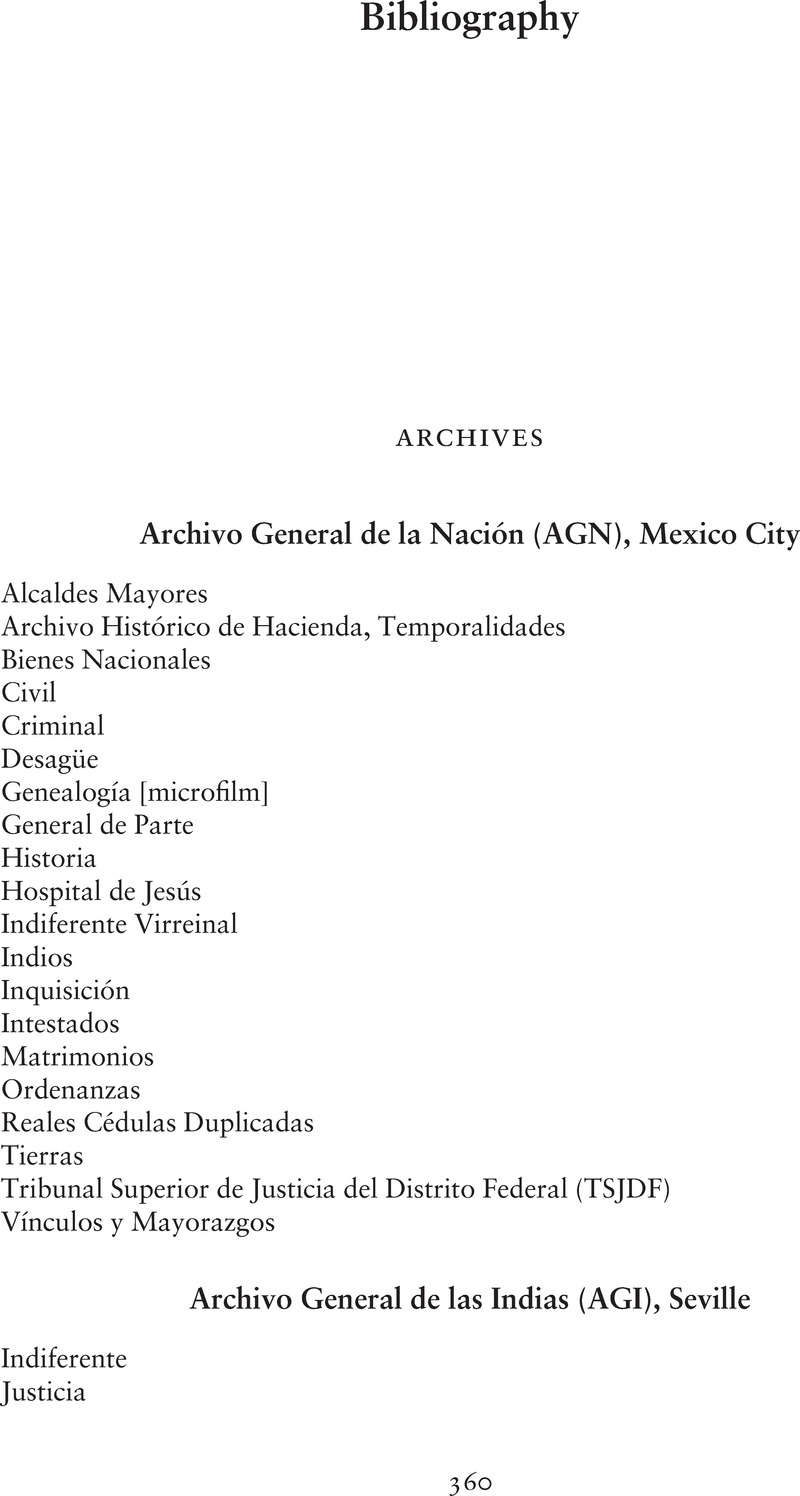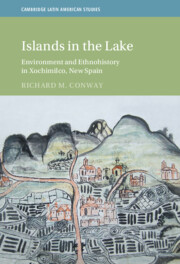Book contents
- Islands in the Lake
- Cambridge Latin American Studies
- Islands in the Lake
- Copyright page
- Dedication
- Contents
- Illustrations
- Preface
- Acknowledgments
- Introduction
- 1 Ecological and Political Landscapes
- 2 Land
- 3 Canoes and Commerce
- 4 Demography and Society
- 5 Crisis in the Seventeenth Century
- 6 Late Colonial Watersheds
- 7 Nahuatl Sources from Xochimilco
- Conclusion
- Glossary
- Bibliography
- Index
- Other Books in the Series (continued from page ii)
- References
Bibliography
Published online by Cambridge University Press: 01 October 2021
- Islands in the Lake
- Cambridge Latin American Studies
- Islands in the Lake
- Copyright page
- Dedication
- Contents
- Illustrations
- Preface
- Acknowledgments
- Introduction
- 1 Ecological and Political Landscapes
- 2 Land
- 3 Canoes and Commerce
- 4 Demography and Society
- 5 Crisis in the Seventeenth Century
- 6 Late Colonial Watersheds
- 7 Nahuatl Sources from Xochimilco
- Conclusion
- Glossary
- Bibliography
- Index
- Other Books in the Series (continued from page ii)
- References
Summary

- Type
- Chapter
- Information
- Islands in the LakeEnvironment and Ethnohistory in Xochimilco, New Spain, pp. 360 - 379Publisher: Cambridge University PressPrint publication year: 2021

